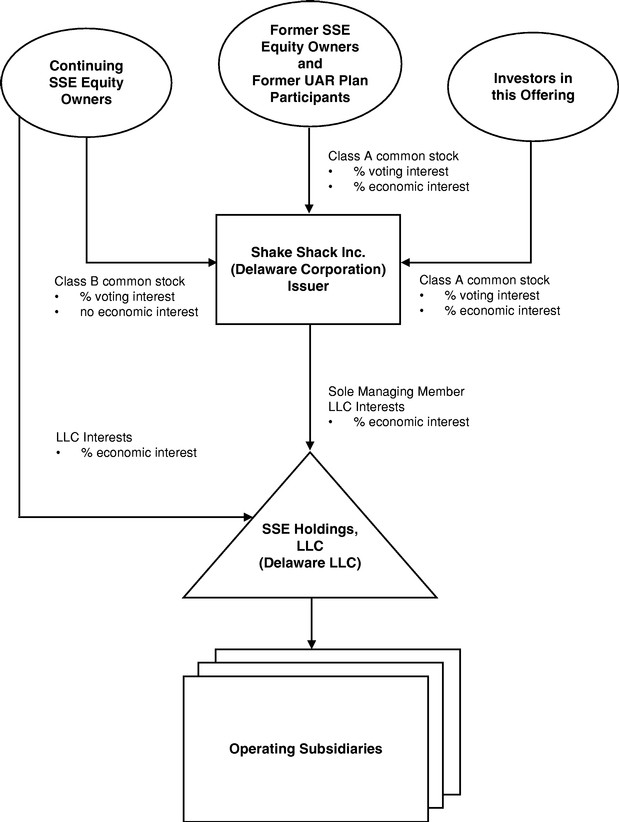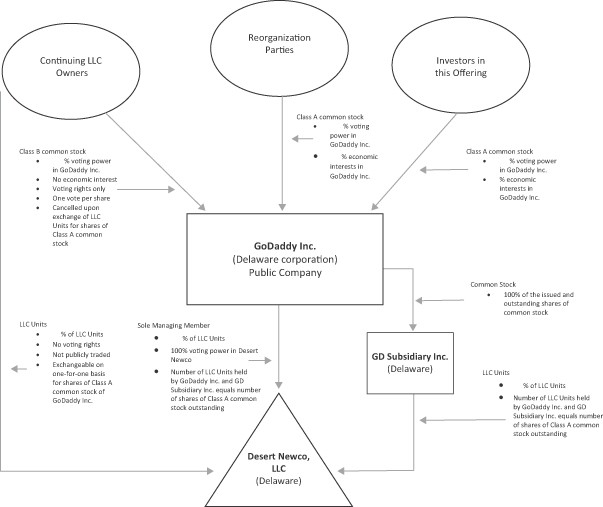Selling Shares From Employee Stock Purchase Plans
Post on: 16 Март, 2015 No Comment

Today’s tax question comes from Melissa in New York. She asks:
I used to work for [a big software company] and participated in the company’s employee stock purchase plan. I’ve since left the company and was thinking of selling some of my stock, but I’m concerned about the taxes. I’ve heard that you have to hold the stock for a certain period of time before you sell to get a better tax rate. Is that true?
Good for you, Melissa, for participating in your employer’s stock purchase plan. or ESPP. This is a great way to get started in investing, and provides great tax benefits as well.
Companies can offer different types of plans to encourage employees to invest in the company’s stock. ESPPs are one type of plan. Through an ESPP, employees can invest in the company’s stock at a discount. When you sell stock bought through an ESPP, your proceeds are divided into three categories, each with their own tax implications. Here’s the break down:
- Return of capital. the amount you paid for the shares, which is non-taxable since you already paid tax when you earned the money.
- Compensation income. the difference between the amount you paid for the shares and the market value of those shares on the purchase date. This represents the income you earned on the ESPP discount, and is taxed at regular tax rates .
- Capital gain. the difference between your ESPP cost basis and your proceeds from the sale. This represents the income you earned by holding on to the stock. Capital gains are taxed at capital gains tax rates.

How you split the profits between compensation income and capital gain depends on whether your sale is a qualifying or disqualifying disposition. Usually, qualifying dispositions will shift more of your profits into capital gains. But usually here is a code-word for tax complexity. You will need to crunch a lot of numbers to figure this out.
Fortunately, most ESPP administrators will help you calculate your gains and let you know what amount to report as ordinary income and what amount to report as capital gains. When you sell your ESPP shares, you will get Form 1099-B to report your gross proceeds from the sale and Form W-2 to report the amount of ordinary income you earned. Since you have left the company, you might not receive a W-2 for the ordinary income.
Now, here’s an additional word of caution. I have seen plan administrators calculate these amounts incorrectly. I don’t see mistakes in this area frequently, but I have seen it often enough that I always run my own calculations. You’ll need to keep excellent records to document your calculations. Dig out your original plan documents, all statements from your ESPP administrator, and sit down with these step-by-step instructions provided by Fairmark.com:














